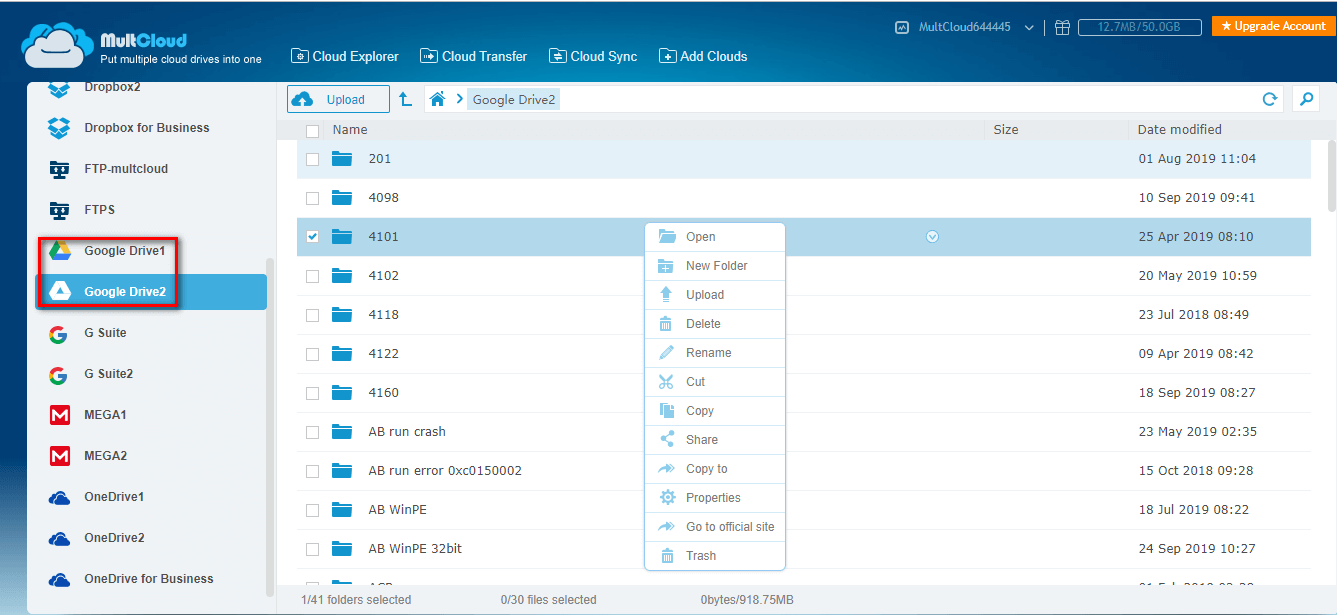


The first chapter of this guide works for all versions of Windows. Although you can download and use either of them right now, starting with October 2021, only the new “Google Drive for desktop” will remain available. This tutorial has been updated for the latest version of Google Drive’s desktop app, called “Google Drive for desktop.” This new app replaces the old “Google Backup and Sync” app. What if you also want to add Google Drive to File Explorer, both as a Quick access link and as a distinct shortcut in the navigation pane? For instructions on how to do all that, read this guide: Introductory notes on adding Google Drive to File Explorer or Windows Explorer Suppose you use Google Drive regularly and want to install its desktop app on your Windows PC. However, this doesn't happen with Google Drive, at least not by default. The same happens with Dropbox if you install it on your Windows computer or device.

If you’re using Windows, you know that it adds a separate and distinct shortcut for OneDrive to File Explorer, one that you can't remove.


 0 kommentar(er)
0 kommentar(er)
